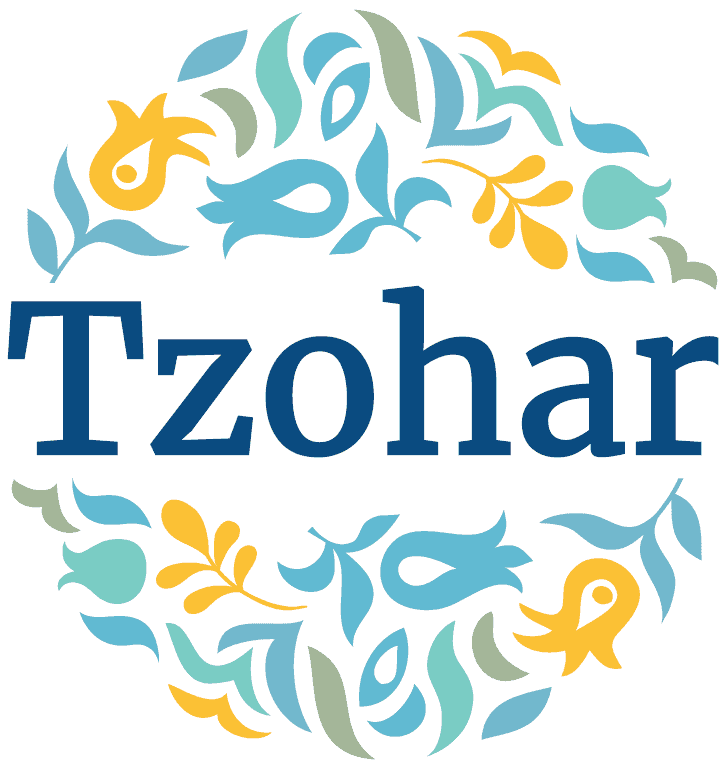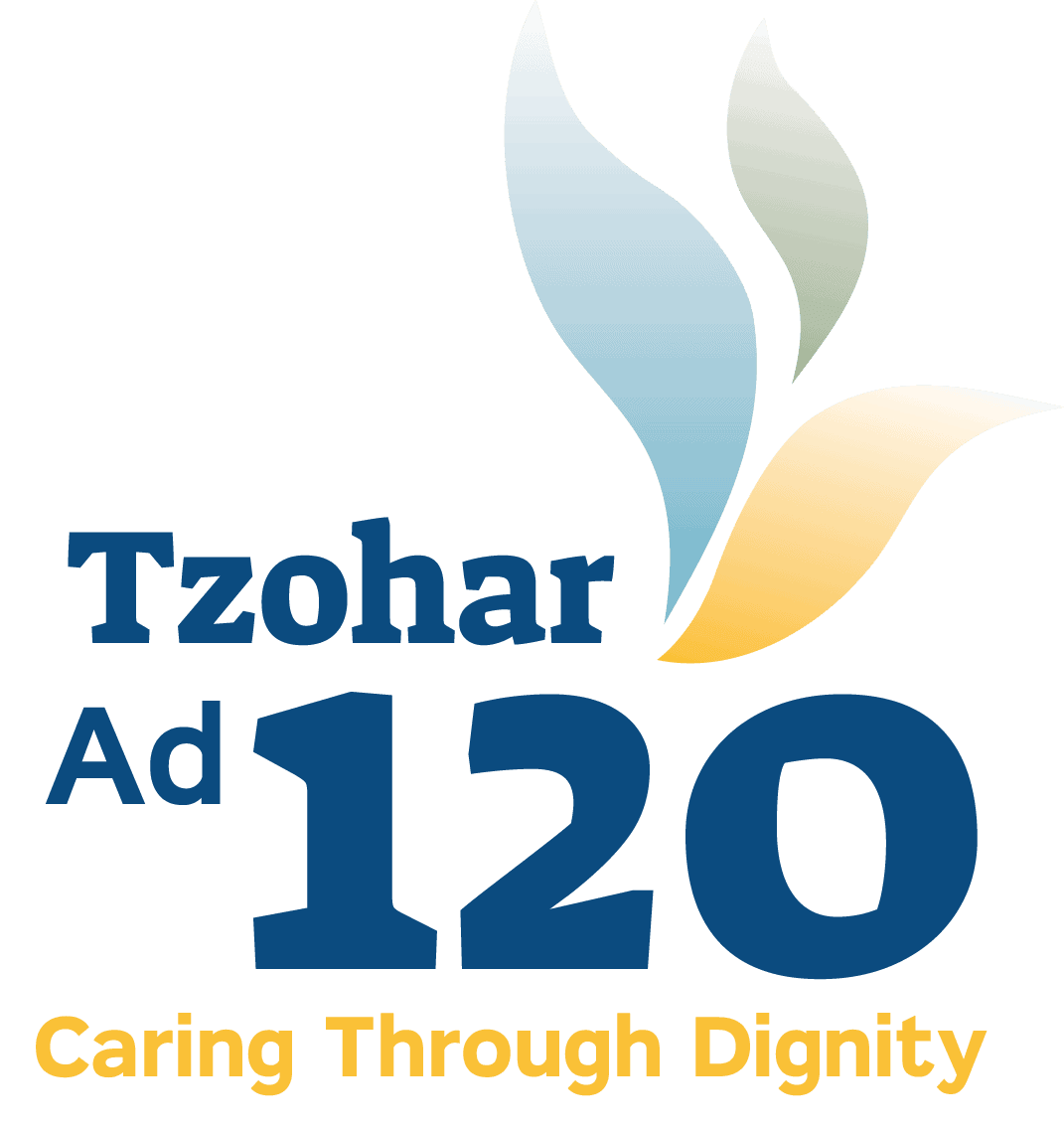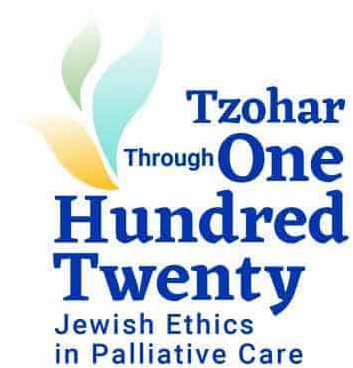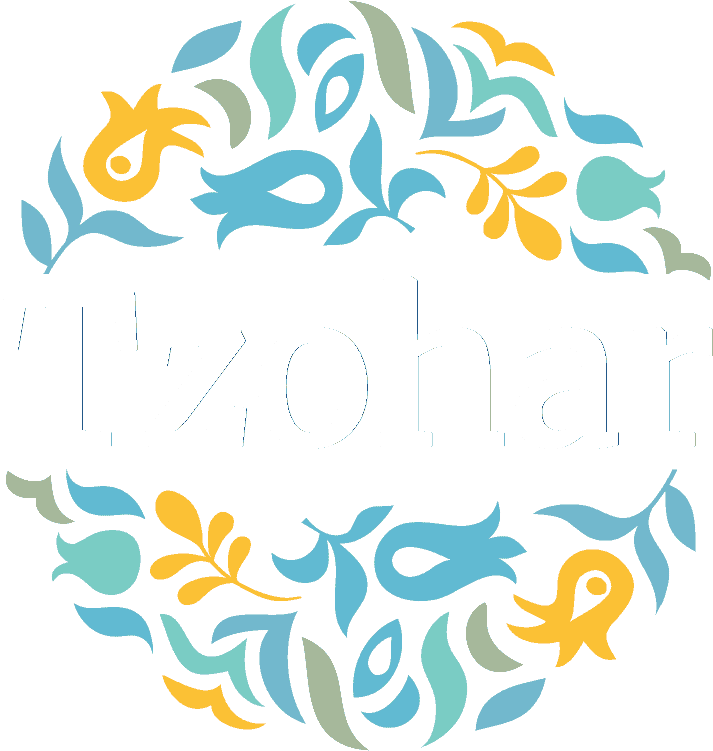1.As a general rule, necessary treatment should not be discontinued, even when it prolongs the life of a suffering patient. However, in some cases it is permitted to abstain from providing medical treatment, and in extreme cases of suffering it is even obligatory1.
2.It is prohibited to stop providing the patient with his natural needs (such as food, fluids, and oxygen). While withholding such treatments is usually prohibited, in extreme cases the degree and nature of treatment may be reduced, provided that this does not directly harm the patient2.
3.A terminally ill patient who is suffering from a high degree of pain and requests that his life not be extended, may resist life-prolonging treatments that involve suffering and pain and whose success is not guaranteed, such as resuscitation, artificial respiration, complex surgical interventions, dialysis, chemotherapy, and radiation3. If he asks to be treated and for his life to be prolonged, one is obligated to help him4.
4.In the case of a patient who is suffering and unable to make decisions or express his wishes, see chapter V above, subsections 7–10.
5.With regard to withdrawing or withholding artificial respiration and the administration of oxygen, food and medicines, see chapters IX-XI, below.
הערת שוליים
-
The discontinuation of an ongoing treatment is prohibited, like any action that causes the cessation of life. All poskim agree that there is no difference between killing a healthy person and killing a terminally ill patient, as the Rambam states in Mishne Torah, Hilkhot Rotzeaḥ UShemirat Nefesh 2:7. The Minḥat Ḥinnukh (Mitzva 34) writes: “Even if [the prophet] Elijah were to come and declare that he has only an hour or a moment to live, the Torah nevertheless does not distinguish between one who kills a child who has many years to live and one who kills an elderly person who is one hundred years old; in any case where one kills a living person, he is liable.” Moreover, helping a patient shorten his life, or even extending such advice to someone, is prohibited; see Tzitz Eliezer, V, Ramat Rachel, 29; Encyclopedia of Medicine and Halakha, vol. 5, “A Terminally Ill Patient (a),” pp. 137–40; Nishmat Avraham, Yoreh De’a 339:4; Yaakov Weinberger, “Mercy Killing (Euthanasia) in Jewish Halakha,” Dinei Yisrael, 7 (1976), pp. 99–127, as well as the bibliography on p. 127 that references different poskim.
Abstaining from treatment is less problematic from a halakhic perspective and permitted in some cases, as will be discussed below. The main halakhic discussion focuses on intermediate cases and the concept of “the removal of a preventive factor” – committing an action that removes something that is preventing death, when it is assumed that doing so will hasten the patient’s demise. In Section One, chapters 4–5, we dealt with the two primary sources for this issue: The story of Rabbi Ḥanina ben Teradyon’s execution (Avoda Zara 18a), and the statement of the Rama in the Shulḥan Arukh, Oraḥ Ḥayyim, section 339; see our discussion there. However, the precise difference between what is permitted and prohibited, according to the Gemara in Avoda Zara, is not clear-cut. Poskim debate whether Rabbi Ḥanina ben Teradyon consented to having the tufts of wool taken away because it comprised the removal of a preventive factor, or whether this would generally be prohibited and it was permitted there on an ad hoc basis or because the person who did it was not Jewish. See Yabia Omer, Yoreh De’a, II:24; Iggerot Moshe, Yoreh De’a, II:174; Ḥoshen Mishpat, II:73–4; Tzitz Eliezer, XVIII:48, 1–2 (see also ibid., IV:13, 7; V, Ramat Rachel, 29:2; XVII:72); Nishmat Avraham, Yoreh De’a 339:8; Encyclopedia of Medicine and Halakha, vol. 5, “A Terminally Ill Patient (a),” pp. 121–22.
Even in the Rama’s comments, the difference between active and passive deeds is not easy to define in borderline situations, and poskim who came after the Rama debated the definition of a direct action that is prohibited in all cases as well as which actions are included in the category of “the removal of a preventive factor” that is permitted in certain situations. For a summary of the halakhic definitions of “the removal of a preventive factor,” see Nishmat Avraham, ibid.; Encyclopedia of Medicine and Halakha, vol. 5, “A Terminally Ill Patient (a),” pp. 124–31; Yisrael Katz, “The Law of ‘The Removal of a Preventive Factor’ – From the Sources of the Law of a Gosses to the Current day,” Assia 16 (1999), pp. 258–67; Rabbi Shai Waysbort, “Treating a Terminally Ill Patient,” Teḥumin, 41 (2021), pp. 287–94.
The statements of the poskim presented below (footnote 56) incorporate the distinctions between avoiding treatment or the passive act of removing a preventive factor, which are permitted, and an active step, which is prohibited. See also footnotes 63 and 66.
- See the next footnote
-
There are several sources in the Talmud, Midrash and Bible that can serve as a basis for the ruling that the duty to preserve life is overridden on account of severe suffering: (i) Rabbi Ḥanina ben Teradyon’s execution by burning (see footnote 54, and the discussion in Section One cited there); (ii) Ulla’s comments in the episode involvingthe two residents of Ḥozai, when he told the murderer that he should “open the place of the slaughter” (i.e., widen the laceration) so that the victim would die faster (Nedarim 22a); (iii) The account of the death of Rabbi Judah the Prince, and the question of whether there is a stage when it is permitted to pray for the death of a sick person (Ketubot 104a); (iv) The story of the city of Luz, which was beyond the jurisdiction of the angel of death. Its elders would leave its walls to in order to die when they decided that they had reached the end of life (Sota 46b); (v) The story of the old woman who had enough of life and Rabbi Yosei advised her to stop going to the synagogue (Yalkut Shimoni, Parashat Ekev, 871); (vi) The statement of Rabbi Judah the Prince that had they flogged Hananya, Mishael, and Azariathey would have worshiped the graven image, as the pain of lashes is more severe than death (Ketubot 33b), from which it can be derived that in certain circumstances, a treatment that will prevent pain is more important than prolonging life; (vii) The episode of the four hundred children who were captured for immoral purposes and flung themselves into the sea (Gittin 57b); (viii) The story of the death of King Saul, and the acceleration of his death by the Amalekite youth (I Samuel 31:3–; II Samuel 1:6–15).
The majority of poskim in recent generations ruled accordingly. See the Minḥat Shlomo,I:91:24; the comments of Rabbi Y. S. Elyashiv, as cited in Nishmat Avraham, Yoreh De’a 339:4 (see also the comments of the rest of the poskim mentioned here that are cited there more extensively); Iggerot Moshe, Ḥoshen Mishpat, II:73–5. Rabbi Feinstein maintains that when it is impossible to heal the patient, and the continuation of treatment involves suffering, there is no obligation to provide treatment. Even if we do not know what the patient wants, under these circumstances, it can be assumed that he would prefer death to life. He further contends (ibid. Yoreh De’a, II:174, 3) that not only is there no obligation to prolong the suffering of a terminally ill patient, but it is actually a mitzva to refrain from extending his life of torment, and this is also the opinion of Rabbi Ovadia Hedaya (Yaskil Avdi, VII, Yoreh De’a, 40). See also the halakhic ruling of Rabbi Y. S. Elyashiv, Rabbi S. Z. Auerbach, Rabbi Shmuel Wosner, and Rabbi S.Y.N. Karelitz, Yated Ne’eman, 23.11.1994, p. 1 (Encyclopedia of Medicine and Halakha, vol. 5, “A Terminally Ill Patient (a),” pp. 153–55). Rabbi Eliezer Waldenberg disagrees with these poskim; see Tzitz Eliezer, V, Ramat Rachel, 28–9; IX:47; X:25, 6; XIII:87; XIV:80–2; XVIII:62. In his view, the patient should be treated by all available means as long as he is considered (halakhically) alive, even if he does not agree to it, “as even a life of suffering and the severe torments of illness, may Heaven protect us, from which there is no escape, are nevertheless preferable, even to be in such a state, to death” (ibid., XVIII:62). See the Encyclopedia of Medicine and Halakha, ibid., pp. 133–35; 141–43; Rabbi Moshe Weinberger, “Severe Torment as a Consideration in Medical Decisions,” Emek Halakha, Assia 1, Jerusalem 1986, pp. 53–63; Rabbi Shai Waysbort, “Treating a Terminally Ill Patient,” Teḥumin, 41 (2021), pp. 287–94.
- See below, chapter VIII, subsection 2, and footnote





